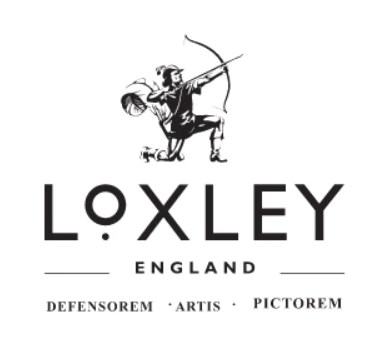Comparison between Painting knife and Palette knife

There are two kinds of knives essential to most artists: palette knives and painting knives. So, what’s the distinction between the two? Palette knives and painting knives are both used for mixing paint and applying paint to a surface, but there are some subtle differences between the two. This article will explain the distinction and the functions involved.

A palette knife is an essential tool used by all artist, general used to mix several colours together on the palette and scrape paint off the palette when finish painting.
It consists of a long, straight blade that is also rather flexible. It is not the type of palette knife used to apply paint to canvas because of its straight blade and handle. A palette knife is something that every artist needs as you will need at the very least one to mixing paint colours on your palette.
A palette knife is not to be confused with a painting knife, although many artists use the term “palette knife” when referring to both types of knives, which is perfectly acceptable.
A painting knife has a fine, flexible blade that is extended by a shaft and has a wooden handle. It is composed of thin, springy steel. The handle is curved so that you can hold the knife head flat against the canvas without your fingers or knuckles touching the wet surface.
A painting knife may be used with any paint, including acrylic, watercolour, and oil. Due to its thicker consistency, oil paint lends itself best to this type of painting. Instead of using a brush, some artists complete full paintings with painting knives. However, this kind of painting does requires advances skills.
Different blade tips serve distinct purposes. For instance, a bevelled tip is used for scraping paint, while a rounded tip is used for spreading paint. The most widely used painting knife features a crooked handle and a diamond-shaped head that are used to apply paint to canvases. Below are a few commonly used painting knifes and it’s functions.

Large knives with a long, flat side are great for laying on large areas of paint and getting smooth, flat areas of colour. Its neck and tapered point make it nice and flexible and great for backgrounds. such as painting water or sky.
The slightly pointed end could be use to add texture and details into the painting, creating effects like blurred reflections on waters, and leaves on trees.
The good sized blade and a wider blade tip on painting knife such as PKN-62 would be great for mixing paint on a palette and then applying to your canvas after, using the pointed end for finer details and creating certain textures.
For adding delicate details and texture to your painting, smaller knives like the PKN-01 are fantastic. Due to the little blades, they might not be the best tools for blending colours, and given the size of the blades, they would also not be the best for covering a canvas in a big area with paint, but would be great if you are working on a smaller canvas.
While painting knives are known for it’s ability to create texture, there are painting knives such as PKN-112 that can also be pretty ultimate if you are going for a smooth, stroke-free look. The long blades are also excellent for mixing colours evenly throughout.


![How to Varnish a Painting [Professional Tips]](http://loxleyarts.com/cdn/shop/articles/how-to-varnish-a-painting_c34f75bb-5279-4b2b-9e74-50950931776d.jpg?v=1762921912&width=1080)
